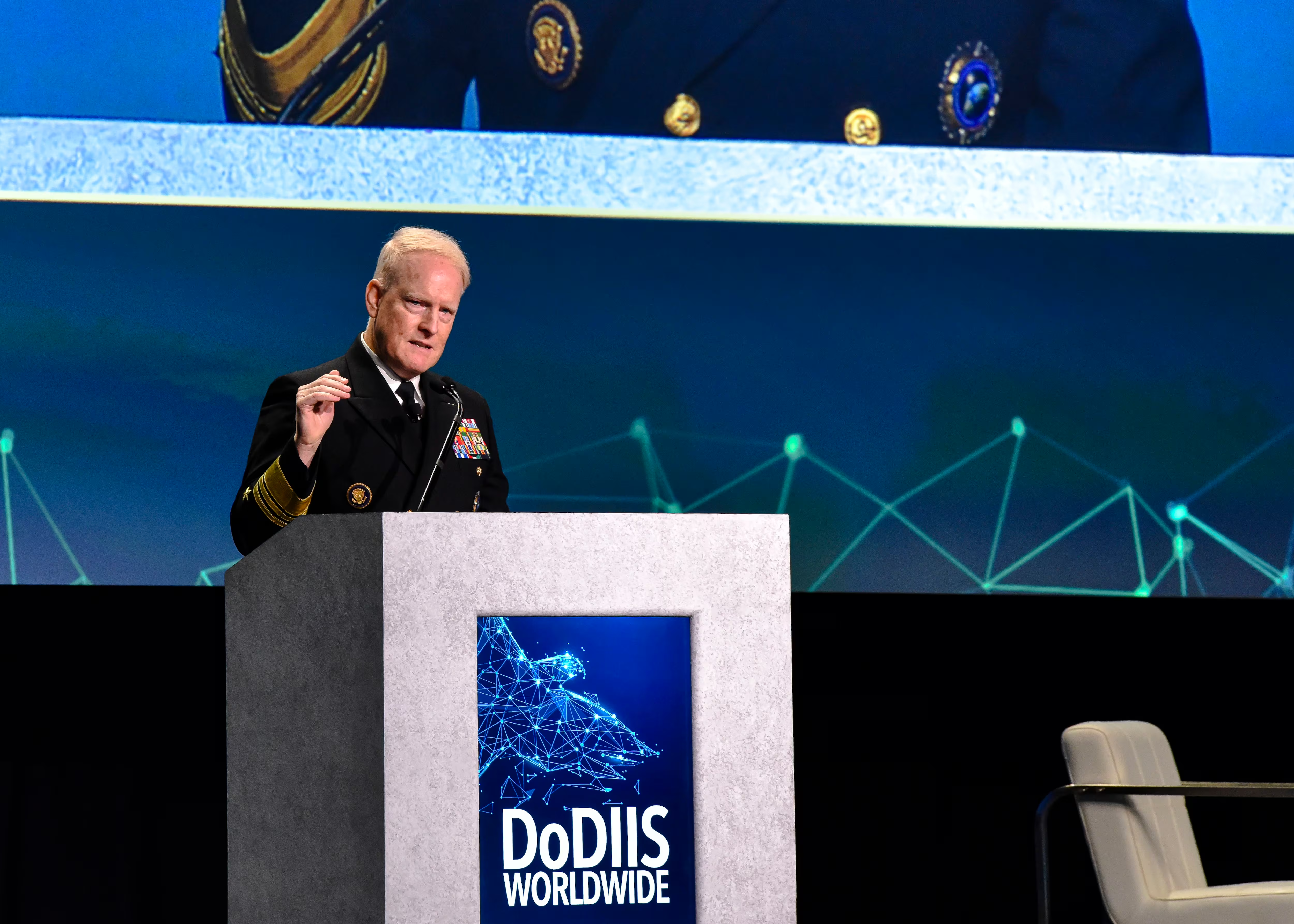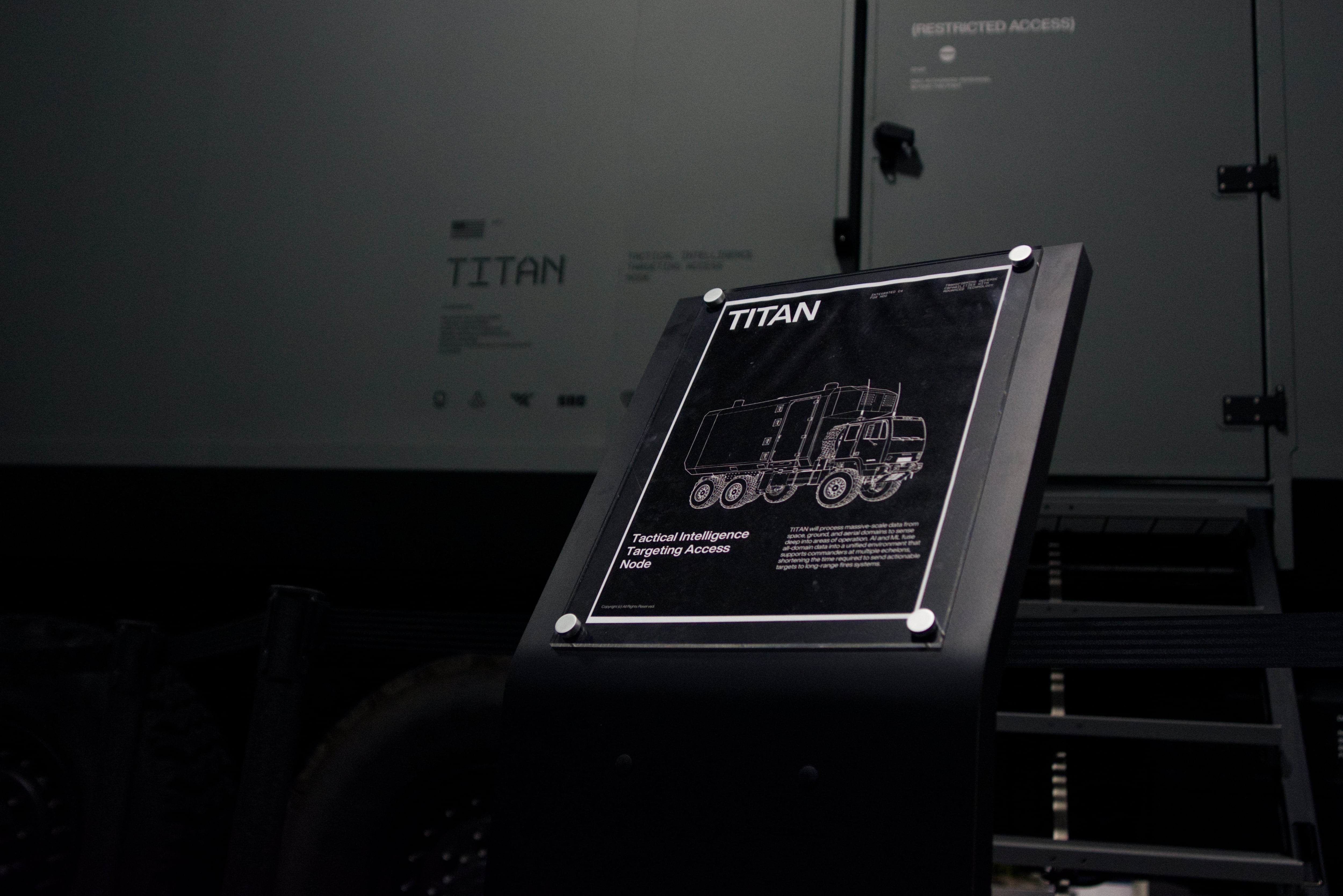This is Part II of a two-part series.
The U.S. military is now engaged in far more countries than it was 15 years ago and is experiencing a different battlefield with multiple domains of warfare involving near-peer adversaries. Problems related to logistics, maintenance and sustainment of existing systems are forcing the Army to instill better practices while changing the way the service purchases, sustains and maintains future portfolios.
One of the offices looking to remedy these issues is the Integrated Logistics Support Center, or ILSC, within the Army's Communications-Electronics Command at Aberdeen Proving Ground, Maryland.
The ILSC is responsible for providing integrated logistics, sustainment and acquisition support for C4ISR systems, but that isn't the entire picture, said Liz Miranda, the center's director, in an interview at her office with C4ISRNET. As technology continues to proliferate in the commercial world at a seemingly exponential rate, ILSC conducts training on newer versions of systems while also maintaining old and newer upgrades.
Read Part I: The Army fielded 15 years' worth of comms equipment — now what?
"A lot of our systems are fielded for a long period of time. So our ability to project out and forecast the needs of our Army is a challenge. It's definitely a challenge," Miranda said, adding that it's not just the environment that is changing, but technology and the Army itself.
The service wants to make soldiers more proficient in these systems. No longer can all units rely on highly skilled personnel or a logistical backbone to move and repair equipment. "Part of the challenge, again because our technology is complex … a soldier may not have all the technology" know-how to run a particular system, Miranda said.
This is where home station training comes into play. During the wars in Iraq and Afghanistan, the military was so focused on the fight, it often times had to come up with solutions on the fly without enshrining them in training or doctrine. While the military is still globally engaged, it has a bit more dwell time to focus on training at home stations based in the United States to increase soldier proficiency.
"We’re doing a series of home-on-home engagements with the signal center and the cyber center to make sure the institutional Army is keeping up with the operational Army," Brig. Gen. Karl Gingrich, assistant program executive officer for operations, readiness and fielding at PEO Command, Control and Communications — Tactical, said during a November conference.
"And the kit we’re fielding whether it’s WIN-T Inc 2 or it’s a mission command application … they are training it and they are ready to [begin] training it as soon as we are fielding it in the institutional Army," Gingrich added.
"I think big lessons learned — that we learned in Afghanistan and Iraq — was that of course our platforms and systems performed differently in different environments," Miranda said. Soldiers would train with systems in optimal environments, yet when the system didn’t respond in combat or they were thrown into a different environment, "there was panic."
Now the Army is taking the time to institutionalize training on systems at home station and integrating the systems into what the military calls contested environments. These are best characterized under the multi-domain battle concept in which adversaries will work to contest forces in all domains of warfare to include cyber intrusions into systems to prevent communication and cause system failures.
Early on in Iraq and Afghanistan, Miranda said, the Army told soldiers to worry about their fight and that the military would take care of everything around them: maintenance, repairs, logistics, moving equipment. But that's no longer the case; with limited resources, soldiers must become more proficient, which is challenging given the complexity and exponential proliferation of systems, upgrades and software.
Building the proficiency with home station training is important given that for the past 15 years "there was someone there to do [maintenance]. Now we don’t have the luxury to do that for the soldiers. We can’t have the support everywhere at the right time for everyone," Miranda said.
The current Army network is "fairly complex," Gingrich noted. "Now we need to take the time and make sure our current soldiers can use the current network as it is today. Working with industry partners, we have to look toward the next upgrade and the next solution — this has to be less complex at the soldier interface."
This gets at the additional engineering piece. While Miranda said her office’s engineering focus is more on long-term sustainment of a system and looking at how to correct failures, she was sure to note that the engineering piece has been "incredible."
"The Army quickly realized: So a soldier says, 'I don’t have the ability to do this,' and the Army immediately reacted, 'So what can we get them?' " she said, noting this is mostly commercial off-the-shelf items. "Some systems were so complex and required a significant number of soldiers to operate the system, we quickly realized we were overwhelming them" with capabilities.
The focus now is on reducing the complexity of the systems so that soldiers can be trained and so "it’s not like a PhD is needed to operate a system," she said.
The training, logistics and the like are especially important under the guise of increasing software capabilities that enable for technology refresh into systems — a massive undertaking with huge ramifications. Unlike sustainment and maintaining, technology refresh involves updating the software — and in some cases, hardware — baselines of entire systems, which has to be closely managed to prevent massive glitches farther down the technology chain that could be felt by the end user.
This effort, however, could potentially make systems easier to use for soldiers. The training and sustainment baseline must be established prior to even looking at a tech refresh, but it is something the Army is taking a serious look at, officials contend.
Mark Pomerleau is a reporter for C4ISRNET, covering information warfare and cyberspace.








